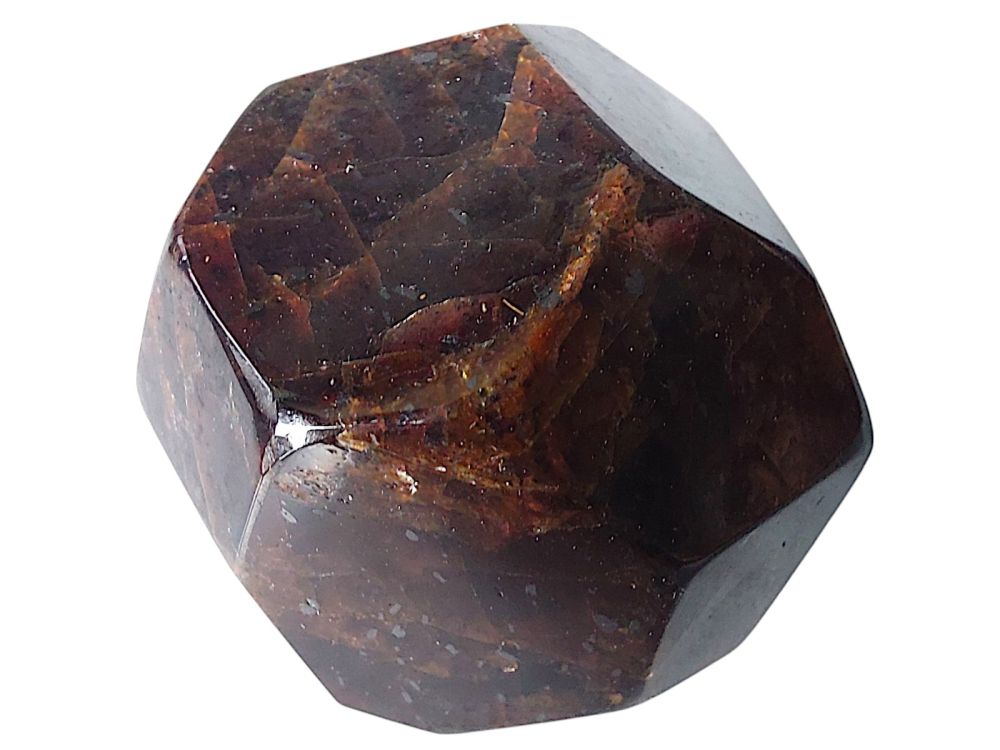We use cookies to make your experience better.
TimmersGems has a new website, existing customers also need to register again.
Garnet crystals from Mali, completely polished: “ideal for layouts”.
This gorgeous, dark-marked garnet hails from Mali. This garnet is not only perfect for layouts, but it also enjoys great popularity among collectors.
Availability:
In stock
SKU
122389
The garnet group contains minerals with a cubic crystal system and crystals in the form of rhombic dodecahedra and trapezoidal. Garnets are nesosilicates with the general formula A₃B₂(SiO₄)₃. Garnets can contain the chemical elements calcium, magnesium, aluminium, iron (Fe²⁺), iron (Fe³⁺), chromium, manganese, and titanium. Garnets do not show cleavage. The hardness is 6.5 - 7.5, and garnets can be transparent to opaque. The name "garnet" comes from the Latin word "granatus" and refers to "malum granatum" (pomegranate), a plant with red seeds that resemble many garnet crystals found. Contrary to popular belief and what the name suggests, garnets are not always red but can be purple, red, orange, yellow, green, brown, black, or colourless. In 1998, a blue-pink garnet was found for the first time in Bekily, Madagascar. This variety is considered very rare. The six most common varieties are: pyrope, almandine, spessartite, grossular, uvarovite, and andradite. These occur in two solid solution series: 1. The pyralspite group: pyrope-almandine-spessartite 2. The ugrandite group: uvarovite, grossular and andradite. Garnets are very common in the lower crust and mantle and thus play a major role in the chemical understanding of the Earth. Garnet is one of the "nine gems" in the Thai Order of the Nine Gems.
| Dimensions | Divers |
|---|---|
| Country of Manufacture | Mali |












